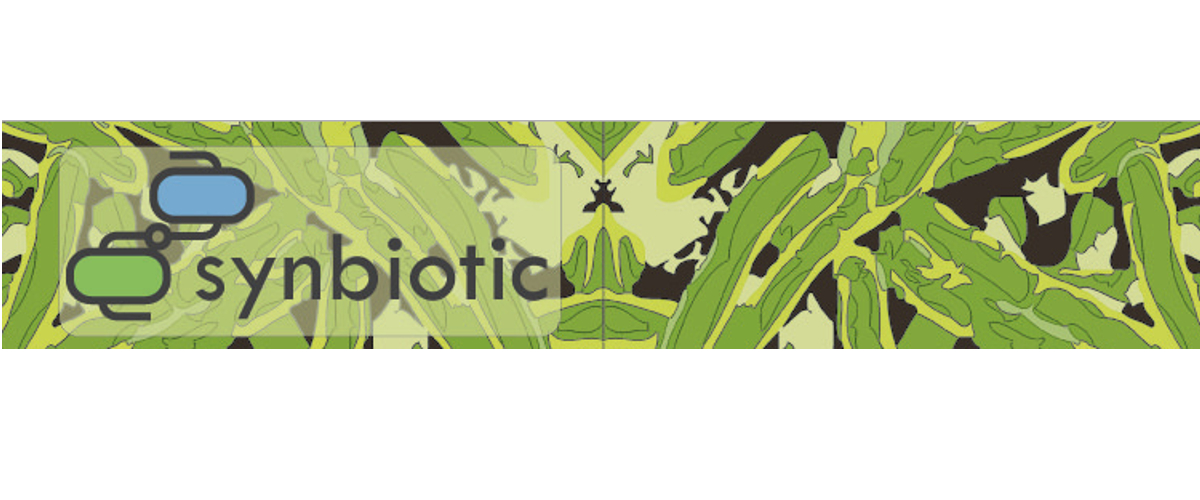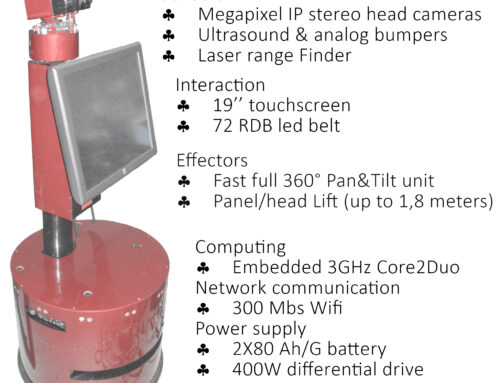Project Description
SYNBIOTICSynthetic biological systems: from design to compilation
The SYNBIOTIC research project aims to develop computer formalisms and tools for specifying global spatial behavior and automatically compiling it through a tower of intermediate languages in local cellular regulation processes (genetic, metabolic, and signaling regulation). The ultimate aim is to exploit the collective properties of a bacterial population to create artificial biosystems that meet a variety of needs in the fields of health, nanotechnology, energy, and chemistry. This project is in the field of unconventional programming languages and the analysis of properties of dynamic systems at the interface between computer science and biological engineering. It is based on advances in synthetic biology, progress in the modeling and simulation of complex biological processes, and the development of new programming approaches to cope with new classes of applications characterized by the emergence of global behavior in a large population of irregularly and dynamically connected entities (amorphous computing and autonomous computing). Synthetic biology is an emerging scientific field that refers to the standardized design and manufacture of biological components and systems that have no natural counterparts. Beyond the problems of genetic engineering, which require the development of dedicated computer tools, computer scientists find problems similar to those of system design (electronic circuits or large software systems) in this field. They can, therefore, contribute and adapt the methods and tools they have already developed in these fields. While most studies in this field seek to design, characterize, and validate elementary reusable biological components (BioBrick), our project is positioned upstream of this stage, essentially addressing design issues. Our aim is to address the next step, which is to design large systems using a language approach, similar in approach to the methods used to design and synthesize hardware architectures. Our strategy is to develop a tower of languages, each addressing its own specificity and compiling its own constructs into the lower-level language up to the final genetic sequence. This approach bridges the gap between easily describing a system at the level of abstraction relevant to the application and taking into account all the details of its implementation by physical processes. The biological artifact produced by this compilation chain needs to be validated before being synthesized. Validation is carried out using simulation and system verification methods to guarantee the safety and security of the synthesized biological artifacts. The latter will be based on computer modeling techniques for biological processes developed in integrative biology (process algebra, automata networks, Petri nets, game theory). They allow the use of invariant or model-checking methods to prove a priori certain properties of the system. This language-based approach to synthetic biology will result in an environment that will be validated by the development of test applications in the field of morphogenesis. In addition to its fundamental interest in the field of biology, these applications open the door to the construction of biological nano-objects.
- Start date: 03/11/2010
- Duration: 48 months
- Partners: CREA, ISC, IBISC, LACL
- IBISC project coordinator: Franck DELAPLACE (Full professor)
- Project website
- ANR project website






